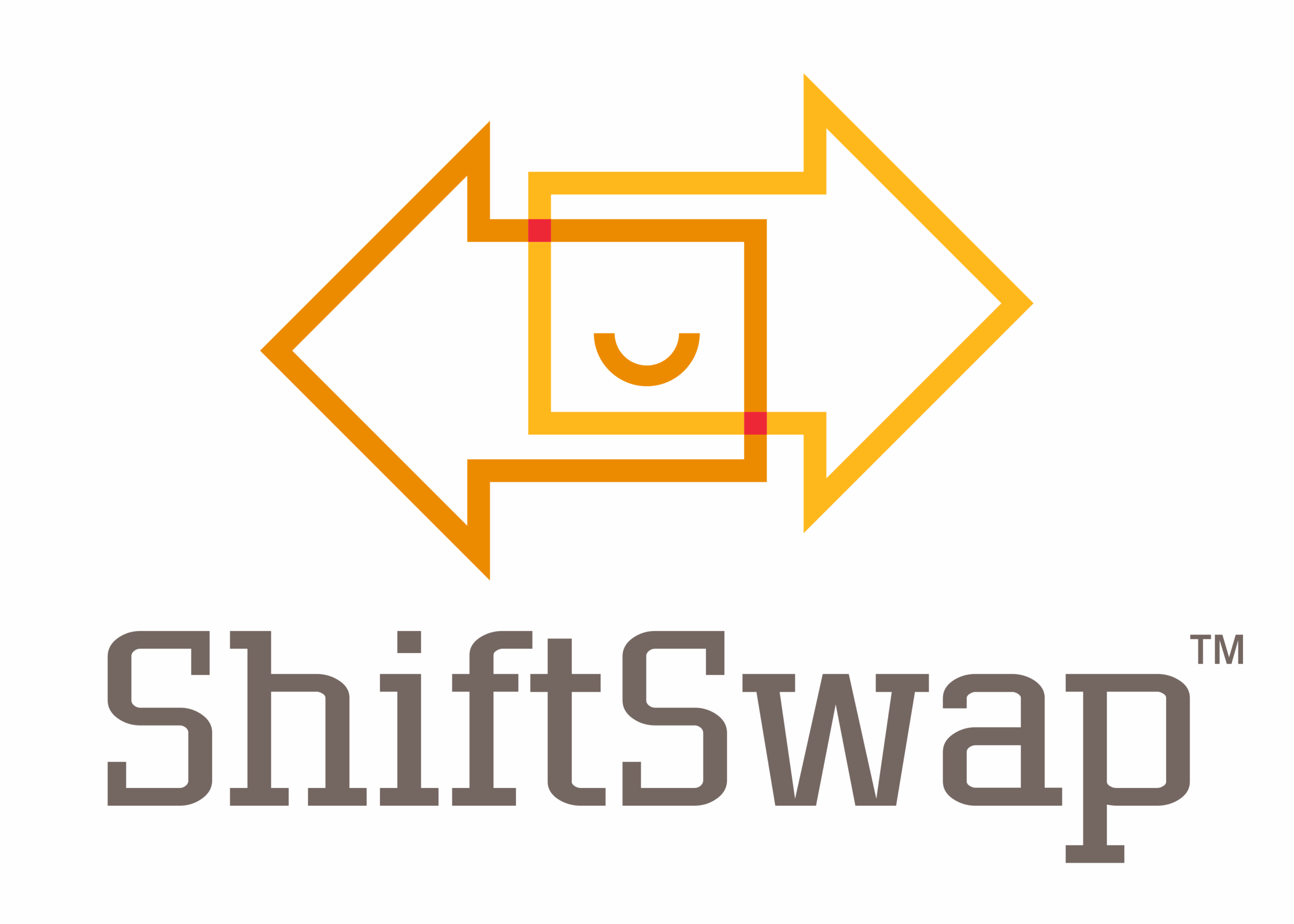Key Takeaways
- Peak season management requires adaptability as forecasts often miss the mark, leading to overstaffing or understaffing.
- Workforce agility allows organizations to respond to real-time conditions, enhancing operations during unpredictable demand.
- Using tools like ShiftSwap, leaders can quickly post voluntary overtime or time off to manage staffing effectively.
- Flexibility in staffing strategies improves efficiency, employee morale, and retention, essential during peak seasons.
- Success during peak season relies on rapid adaptation rather than perfect forecasting, establishing a foundation for long-term stability.
Managing Labor Volatility: The Key to Peak Season Success
Every operations and HR leader knows the stress that comes with peak season. Orders increase, customer expectations rise, and managing labor becomes a high-stakes balancing act. But according to ShiftSwap President Hisham Khaki, the real challenge isn’t the planning itself; it’s adapting when the plan doesn’t match reality.
Many leaders spend months preparing for peak season, forecasting labor demand, and deciding whether to hire more people or offer overtime. But as Hisham points out, the toughest part of managing peak season operations is responding when the forecast is wrong.
Forecasts rarely hit the mark exactly. Sometimes volume is lower than expected, leaving leaders with too much labor and unnecessary costs. Other times, demand surges beyond projections, causing staff shortages and operational chaos. In either case, the ability to adapt quickly is what separates successful teams from struggling ones.
The Reality of Labor Forecasting During Peak Season
Labor forecasting is an essential part of workforce management, but even the best forecasts have limits. Unexpected changes in customer demand, supply chain delays, or economic shifts can instantly alter what “busy” looks like.
Operations leaders face two extremes:
- Overstaffing leads to inflated labor costs and idle workers.
- Understaffing results in burnout, missed targets, and declining morale.
Both situations can harm profitability and employee engagement. The key is not to eliminate risk, it’s to build workforce agility so your team can pivot fast when the numbers don’t line up.
Agility: The Driver of Peak Season Success
True operational agility means your organization can respond to real-time conditions without disrupting service or morale. It’s about creating systems that allow for immediate adjustments based on what’s actually happening, not what was predicted months ago.
For many companies, the answer lies in workforce flexibility: the ability to quickly adjust staffing levels through voluntary programs. With ShiftSwap, customers can quickly post voluntary overtime or voluntary time off. It helps leadership manage their workforce and handle the actual volume.
Operational leaders control their staffing without the frustration of manual scheduling or miscommunication with this software. Instead of scrambling when demand shifts, leaders can communicate instantly with employees, fill shifts quickly, and maintain coverage efficiently.
Managing Labor Volatility with Workforce Flexibility
The best workforce strategies don’t fight volatility; they plan for it. Peak season doesn’t always unfold as expected, but workforce flexibility makes it easier to handle both extremes.
- When volume increases: Managers can post voluntary overtime (OT) instantly, allowing employees who want extra hours to step in.
- When volume decreases: Leaders can offer voluntary time off (VTO), helping reduce labor costs without cutting hours across the board.
- When demand fluctuates daily: Real-time communication ensures teams stay informed and aligned, avoiding confusion or coverage gaps.
Workplace flexibility improves efficiency and builds trust across your entire site. Employees value having options and control over their schedules, which strengthens morale and long-term retention.
Turning Chaos into Confidence
Every operation experiences unpredictable moments during peak season. The difference between chaos and control often comes down to how quickly leadership can react. Workforce agility supported by clear communication tools allows companies to adjust staffing levels, reduce stress, and maintain productivity even when demand shifts unexpectedly.
ShiftSwap simplifies that process. The platform gives leaders real-time visibility into staffing needs and enables employees to respond instantly. Instead of scrambling to fill coverage or overextending teams, companies can stay flexible, balanced, and ready to deliver.
The takeaway is clear: success during peak season depends less on perfect forecasting and more on how quickly you can adapt. Workforce flexibility and agility create a safety net for your operation, enabling you to adjust staffing with precision and confidence.
Operations and HR leaders who embrace this mindset aren’t just surviving peak season; they’re setting a foundation for long-term stability. By empowering employees through tools like ShiftSwap, organizations can build a motivated workforce that succeeds in every season.

